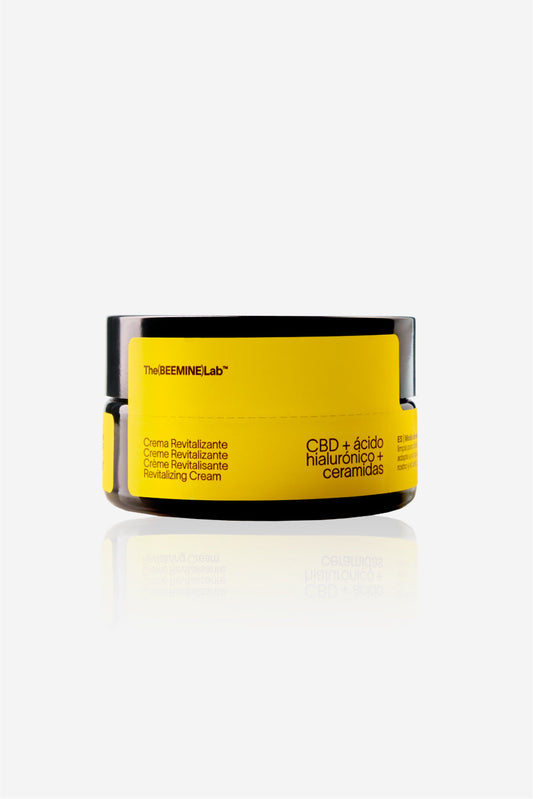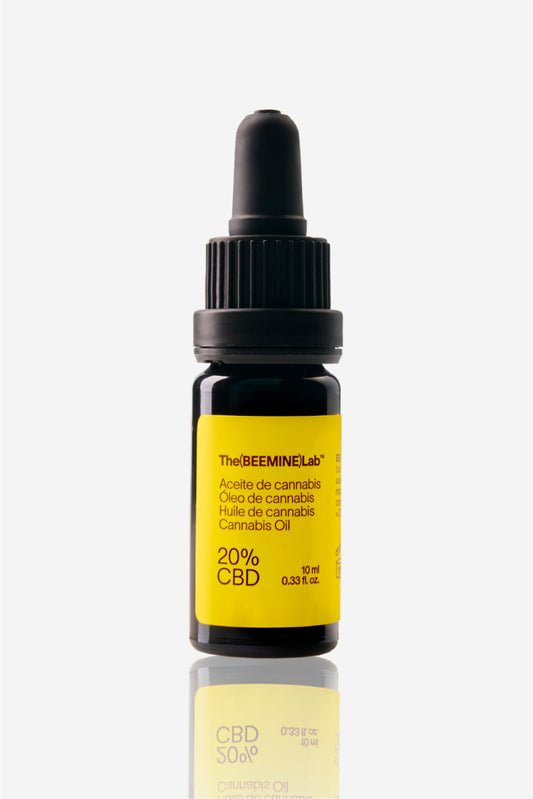What is the Endocannabinoid System (ECS)?
Known as the master regulatory system, it is responsible for maintaining homeostasis or balance in the body. Its components, endocannabinoids (like neurotransmitters in the brain), are molecularly similar to the phytocannabinoids found in plants such as Cannabis. There are 2 main endocannabinoids found to date: Anandamide and 2-arachidonoylglycerol (2-AG). These 2 attach to the so-called receptors: CB1 in the central nervous system (brain in particular) and CB2 in the peripheral nervous system (spinal cord and organs). Here we can see the different functions that the ECS regulates and controls. * Neuropathic pain comes from damage or disease that affects the somatosensory system
* Neuropathic pain comes from damage or disease that affects the somatosensory system
How to improve the functioning of my Endocannabinoid System (ECS)?
Although we can focus only on consuming CBD-rich products from Cannabis, it is more advisable to boost your Endocannabinoid System in more ways. You may wonder why... The answer is very simple, the more you support the functioning of your ECS, the better CBD products will work. More and more scientific studies are linking low levels of endocannabinoids with disorders as varied as autism, migraines, fibromyalgia , and irritable bowel syndrome. Let's take a look at these 10 ways to boost your ECS!-
Physical activity
-
Sunbathe
-
Eat quality fats
-
Exposure to cold
-
Reduce stress
-
Drink electrolyte-rich beverages
-
Increase your intake of vitamin A
-
More chocolate?
-
Drink more tea
-
Avoid Endocannabinoid System (ECS) inhibitors
- Wiklund, Petri & Pekkala, Satu & Cheng, Sulin. (2013). Exercise, the endocannabinoid system and metabolic health. Journal of Sport and Health Science. 2. 60–61. 10.1016/j.jshs.2013.01.003.
- Felton, S., Kendall, A., Almaedani, A., Urquhart, P., Webb, A., & Kift, R. et al. (2017). Serum endocannabinoids and N-acyl ethanolamines and the influence of simulated solar UVR exposure in humans in vivo. Photochemical & Photobiological Sciences , 16 (4), 564-574. doi:10.1039/c6pp00337k
- Dyall SC (2017). Interplay Between n-3 and n-6 Long-Chain Polyunsaturated Fatty Acids and the Endocannabinoid System in Brain Protection and Repair. Lipids , 52 (11), 885–900. doi:10.1007/s11745-017-4292-8
- Simopoulos, A. (2002). The importance of the ratio of omega-6/omega-3 essential fatty acids. Biomedicine & Pharmacotherapy , 56 (8), 365-379. doi:10.1016/s0753-3322(02)00253-6
- Krott, L., Piscitelli, F., Heine, M., Borrino, S., Scheja, L., & Silvestri, C. et al. (2016). Endocannabinoid regulation in white and brown adipose tissue following thermogenic activation. Journal Of Lipid Research , 57 (3), 464-473. doi:10.1194/jlr.m065227
- Agrawal, A., Nelson, EC, Littlefield, AK, Bucholz, KK, Degenhardt, L., Henders, AK, … Lynskey, MT (2012). Cannabinoid receptor genotype moderation of the effects of childhood physical abuse on anhedonia and depression. Archives of general psychiatry , 69 (7), 732–740. doi:10.1001/archgenpsychiatry.2011.2273
- Khasabova, I., Simone, D., & Seybold, V. (2002). Cannabinoids attenuate depolarization-dependent Ca2+ influx in intermediate-size primary afferent neurons of adult rats. Neuroscience , 115 (2), 613-625. doi:10.1016/s0306-4522(02)00449-9
- Cannabinoid receptor type 1
- Type 2 cannabinoid receptors
- Korecka, J., van Kesteren, R., Blaas, E., Spitzer, S., Kamstra, J., & Smit, A. et al. (2013). Phenotypic Characterization of Retinoic Acid Differentiated SH-SY5Y Cells by Transcriptional Profiling. Plos ONE , 8 (5), e63862. doi: 10.1371/journal.pone.0063862
- Korte, G., Dreiseitel, A., Schreier, P., Oehme, A., Locher, S., & Geiger, S. et al. (2010). Tea catechins' affinity for human cannabinoid receptors. Phytomedicine , 17 (1), 19-22. doi:10.1016/j.phymed.2009.10.001
- Quistad, G., Nomura, D., Sparks, S., Segall, Y., & Casida, J. (2002). Cannabinoid CB1 receptor as a target for chlorpyrifos oxon and other organophosphorus pesticides. Toxicology Letters , 135 (1-2), 89-93. doi:10.1016/s0378-4274(02)00251-5







